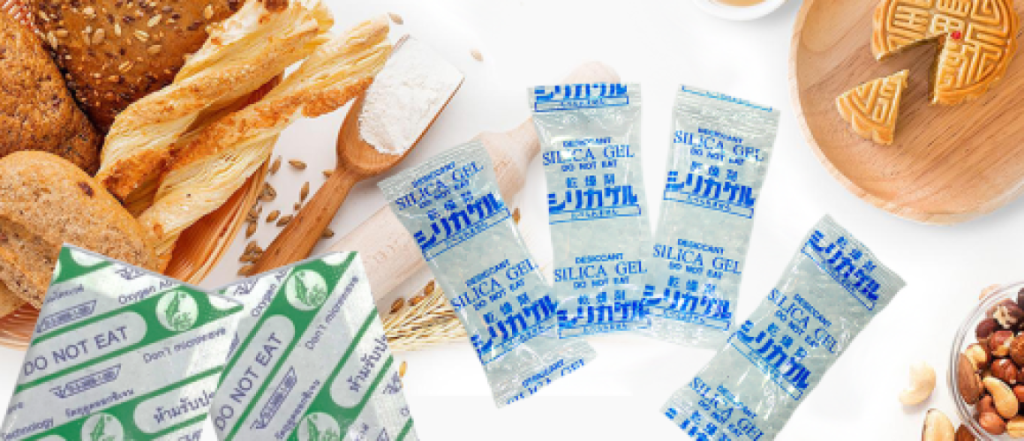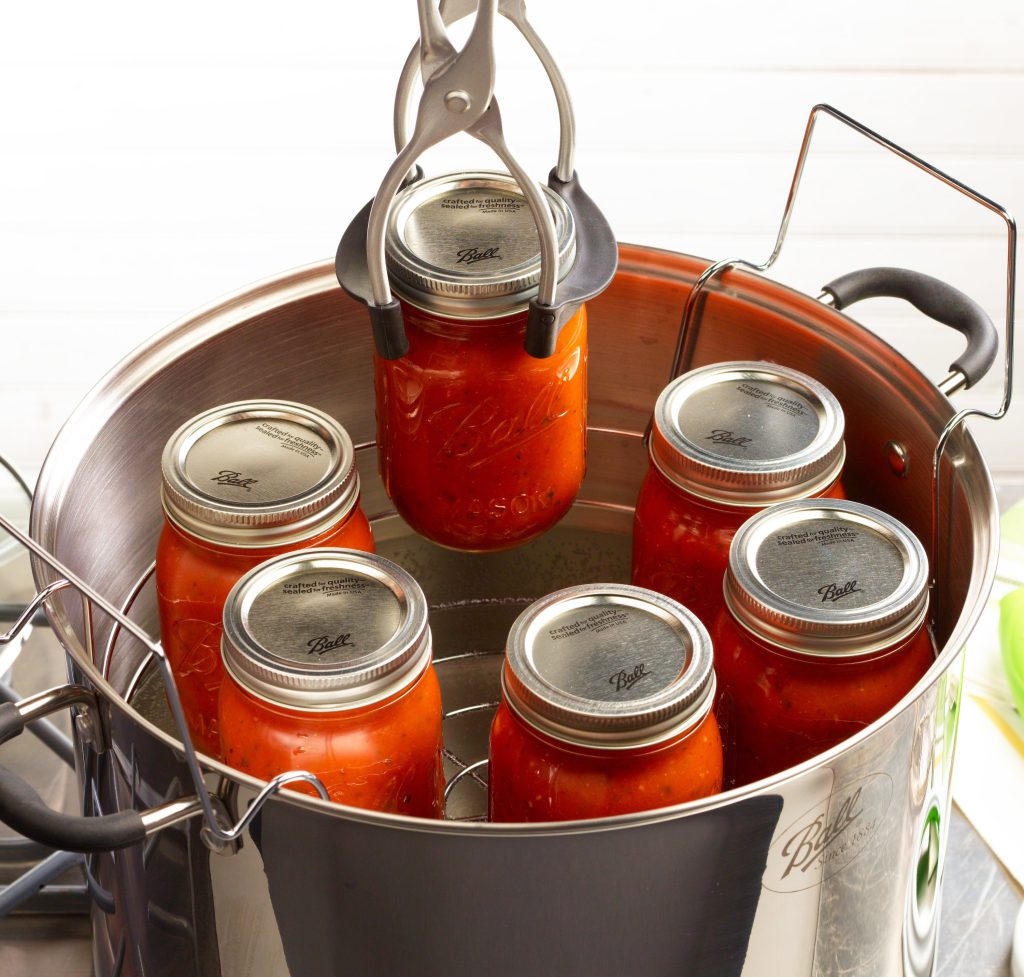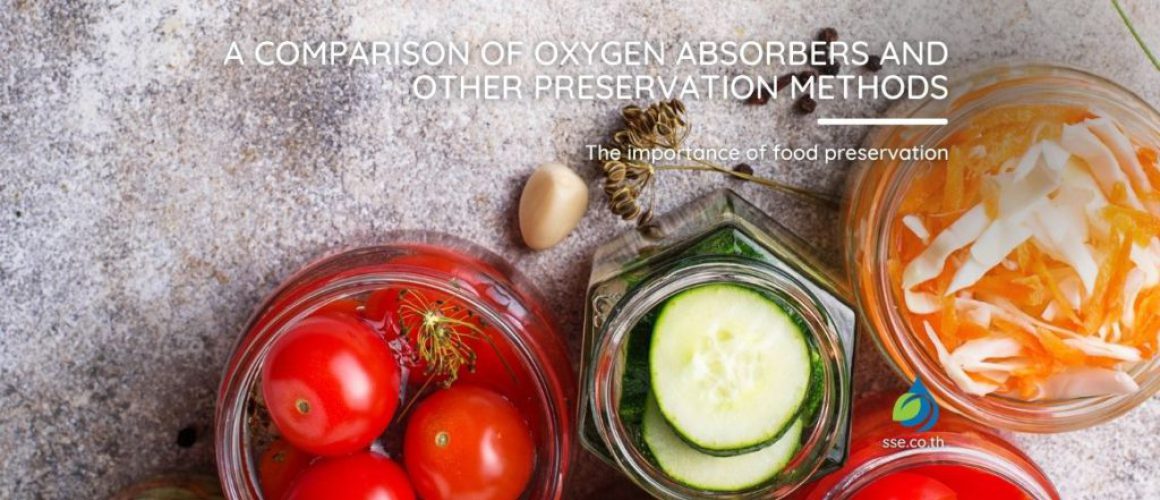Comparison of Oxygen Absorbers and Other Preservation Methods
Preserving food and other perishable items is crucial to maintain their quality, freshness, and safety. In this blog post, we will compare oxygen absorbers with other preservation methods, highlighting their advantages and disadvantages.
Table of Content
1. Introduction
Have you ever wondered how to keep your food fresh for a longer time? There are several methods available, but which one is the best for your needs? In this post, we’ll compare oxygen absorbers with vacuum sealing, dehydrating, canning, and freezing. Let’s dive in!
2. Oxygen Absorbers
What are Oxygen Absorbers?
Oxygen absorbers are small packets containing iron powder that react with oxygen, effectively removing it from the surrounding environment. They are commonly used in food packaging to prevent spoilage and extend shelf life.
Advantages
- Extend shelf life by preventing oxidation
- Inhibit the growth of aerobic bacteria and mold
- Maintain freshness and flavor of food items
Disadvantages
- Not effective for preserving high-moisture foods
- May not be suitable for all types of packaging materials
What is the difference between an Oxygen Absorber and a desiccants, such as silica gel?
Oxygen absorbers and desiccants serve different purposes in preserving and protecting goods. Here’s when to use each:
Oxygen Absorbers:
Use oxygen absorbers when you need to:
- Prevent oxidation: Oxygen absorbers remove oxygen from sealed containers, which helps prevent the oxidation of food and other products sensitive to oxygen exposure. This can help maintain freshness, color, and taste.
- Protect against spoilage: By reducing the oxygen levels in a container, oxygen absorbers can inhibit the growth of mold, bacteria, and other microorganisms that require oxygen to thrive.
- Prevent insect infestations: Insects require oxygen to survive. By using oxygen absorbers in food storage, you can help prevent insect infestations in foods like grains, legumes, and dried fruits.
Desiccants:
Use desiccants when you need to:
- Control moisture: Desiccants, such as silica gel or activated clay, absorb moisture from the air, helping to maintain a dry environment within a container. This is particularly important for products sensitive to moisture, like electronics, leather goods, and metal items prone to rust.
- Prevent mold and mildew: By controlling humidity levels, desiccants can help inhibit mold and mildew growth in enclosed spaces, such as shipping containers or storage units.
- Preserve food quality: Desiccants can be used to absorb excess moisture in food packaging, helping to maintain the quality and freshness of dry foods like spices, cookies, and crackers.

.
Use oxygen absorbers to control oxygen levels and protect against oxidation, spoilage, and insects, and use desiccants to control moisture levels and prevent mold, mildew, and moisture-related damage.
3. Vacuum Sealing
How Does Vacuum Sealing Work?
Vacuum sealing is a process that involves removing air from a package and then sealing it. This helps to reduce the amount of oxygen in contact with the food, thus slowing down spoilage.
Advantages
- Slows down the oxidation process
- Reduces freezer burn in frozen foods
- Maintains freshness and flavor
Disadvantages
- Requires special equipment
- Can’t be used for delicate or soft foods
4. Dehydrating
The Dehydration Process
Dehydrating is a preservation method that involves removing moisture from food. This can be done using a dehydrator, oven, or even the sun. The process inhibits bacterial growth and extends the food’s shelf life.
Advantages
- Long shelf life for dehydrated foods
- Lightweight and portable
- Retains most nutrients
Disadvantages
- Time-consuming process
- Alters the texture and taste of some foods

5. Canning
Understanding Canning
Canning is a preservation method that involves placing food in airtight containers and then heating them to kill microorganisms. This process can be done through water bath or pressure canning.
Advantages
- Long shelf life for canned foods
- No need for refrigeration
- Retains nutrients and flavors
Disadvantages
- Requires special equipment and knowledge
- Time-consuming process
- Risk of contamination if not done correctly
6. Freezing
The Freezing Process
Freezing is a common method of preservation that involves lowering the temperature of the food to inhibit bacterial growth and slow down enzymatic reactions.
Advantages
- Preserves taste, texture, and nutrients
- Easy to do at home with a freezer
- Suitable for a wide range of food items
Disadvantages
- Requires consistent access to electricity
- Takes up space in the freezer
- Can cause freezer burn if not packaged properly
- Some foods may lose quality upon thawing
7. Frequently Asked Questions
Do oxygen absorbers really work?
Yes, oxygen absorbers effectively remove oxygen from sealed containers, preventing oxidation and spoilage of food.
What foods cannot be stored with oxygen absorbers?
Foods with high moisture content, like fresh fruits and vegetables, should not be stored with oxygen absorbers as it can promote mold growth.
When should you not use oxygen absorbers?
Avoid using oxygen absorbers with high-moisture foods or when storing food in containers with air circulation, as they will not be effective.
How long do oxygen absorbers last?
Unopened oxygen absorbers can last for several years. Once opened, they should be used within 15-30 minutes to maintain their effectiveness.
Do you put oxygen absorbers in rice?
Yes, using oxygen absorbers in rice storage can help prevent insect infestations and extend shelf life.
Is oxygen absorber safe to eat?
No, oxygen absorbers should not be consumed. They are non-toxic, but ingesting them may cause gastrointestinal discomfort.
Do oxygen absorbers work in Ziploc bags?
While oxygen absorbers can help reduce oxygen levels in Ziploc bags, they may not be as effective as using vacuum-sealed or airtight containers.
Can you use oxygen absorbers in Ziploc bags?
Yes, you can use oxygen absorbers in Ziploc bags, but their effectiveness may be reduced compared to airtight containers.
Do I need oxygen absorbers if I vacuum seal?
Vacuum sealing removes most of the air, but using oxygen absorbers in addition to vacuum sealing can provide extra protection against oxidation.
Is it safe to use oxygen absorbers in flour?
Yes, using oxygen absorbers in flour can help extend its shelf life and prevent rancidity.
Do you store salt with oxygen absorbers?
No, salt does not require oxygen absorbers for storage as it is a natural preservative.
Do you use oxygen absorbers with flour?
Yes, using oxygen absorbers with flour can help keep it fresh and extend its shelf life.
How many oxygen absorbers for rice?
The number of oxygen absorbers needed depends on the volume of rice. Generally, use one 300cc absorber for a gallon of rice.
What are the side effects of oxygen absorbers?
Oxygen absorbers are safe and non-toxic. There are no known side effects when used properly.
What happens if you use too many oxygen absorbers?
Using too many oxygen absorbers will not harm the food, but it may cause unnecessary waste of resources.
What foods are best to use oxygen absorbers?
Oxygen absorbers are best for dry foods, such as grains, beans, dried fruits, and nuts.
Can you use oxygen absorbers in plastic containers?
Yes, oxygen absorbers can be used in plastic containers as long as the container has an airtight seal.
Is it better to store food in glass or plastic?
Both glass and plastic containers can be effective for food storage, but glass is generally more durable and less permeable to odors.
8. Conclusion
In conclusion, there is no one-size-fits-all preservation method. Each technique has its own advantages and disadvantages. Oxygen absorbers are great for extending the shelf life of dry foods, while vacuum sealing works well for many types of food but requires special equipment. Dehydrating is ideal for creating lightweight, long-lasting snacks, but can alter the texture and taste. Canning offers a long shelf life without refrigeration but is time-consuming and requires knowledge. Finally, freezing is an easy and versatile method but requires consistent access to electricity and freezer space.
When choosing a preservation method, consider your specific needs and preferences, as well as the type of food you want to preserve. By understanding the pros and cons of each method, you can make an informed decision and keep your food fresh and delicious for an extended period.
What preservation method do you prefer? Share your thoughts and experiences in the comments below! And don’t forget to share this article with friends and family who might find it helpful. Happy preserving!
การรักษาความสดใหม่ในการผลิตและการจัดจำหน่ายขนมปัง: บทบาทที่สำคัญของสารดูดซับออกซิเจน
Oxygen Absorber vs Silica Gel: Industrial Applications
